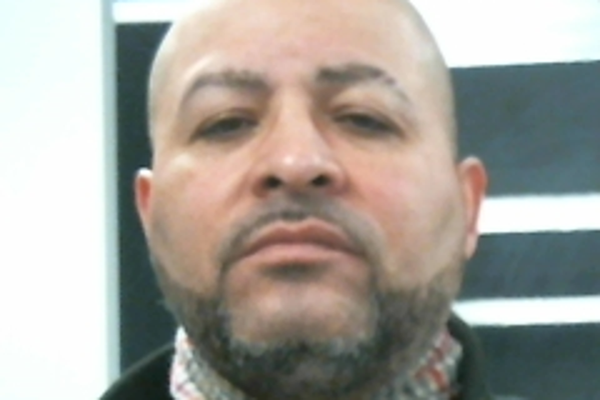
On the northwest corner of Touhy and Lincoln avenues in Lincolnwood, there’s a construction project. That’s obvious to anybody who happens by. But to village officials and some Lincolnwood residents, it’s akin to an exorcism.
Bad vibes emanated from that place for years. It’s the former site of the Purple Hotel, which used to be a classy Hyatt with live entertainers such as Barry Manilow. Even in its better years, it got notoriety as the site of a mob hit. It slid down the pole of respectability over the years, losing its Hyatt tie-in and finally getting named after the unique color of its bricks. The old Purple became known as a meetup site for “swingers” events, among them something called the Midwest Holiday Fetish Fair & Marketplace, and for raunchy, drug-fueled parties that convicted political fixer Stuart Levine admitted to in court.
Lincolnwood officials quickly grew tired of the commotion and the police calls and tried to get the place shut down over code violations involving unwanted guests such as mold and rodents. The business finally closed in 2007 but court battles ensued over attempts to get the building demolished. It finally occurred in 2013, but then the property sat empty for years after a developer’s grand plans crashed.

Chicago’s Tucker Development bought the site in 2019 and is delivering on a residential and retail mix. It’ll have 299 apartments and 80,000 square feet of retail that will include an Amazon Fresh store. CEO Richard Tucker said the buildings should be ready next year, with the delivery date depending on how things fare over the winter. A hotel will join the 8.25-acre site, with a groundbreaking expected next year.
The project goes by the name District 1860, referencing the year Abe Lincoln was elected president. For a town named for the 16th president, the project will mean something far better than what came before. “We put district in the name because we’re truly creating a district for people to live and to gather,” Tucker said.

The progress has not come easy or cheaply. To get all parties to commit on what the village estimates is a $175 million investment, Lincolnwood agreed to subsidies from part of the property and sales tax revenues the project will generate. The pledge helped secure the Amazon Fresh deal.
Village officials, in a summary of the project, said it has committed no money from its general fund and isn’t liable if the developer doesn’t repay notes backed by the tax revenues.
The pandemic brought a glitch to the arrangement when Tucker’s original hotel partner walked away because of plummeting demand for lodging in the suburbs. Lakhani Hospitality stepped in and reworked the design, reducing the hotel’s size to 150 rooms and dividing it between two operators, a Residence Inn by Marriott and a Springhill Suites. Tucker said the new design suits the project better.
To get the hotel developer, the village has pledged up to $3.4 million to Lakhani for its construction costs, with money coming from Lincolnwood’s hotel tax. Village attorney Steven Elrod said at its September meeting, the village board will take up a proposal to raise the town’s hotel tax to 9% from 7%. Elrod said the higher rate is in line with that of nearby suburbs and would help the developer while still keeping tax revenue flowing from the town’s only two hotels. Subsidies aren’t ideal, but Lincolnwood didn’t want more years of nothing on the property.
In time, District 1860 should erase memories of its salacious predecessor. The Purple Hotel’s only redeeming feature was that it made for good copy on the real estate beat. In 2004, the hotel’s general manager admitted the owner dropped the Hyatt name to avoid the franchise fees. Guests who complained about the sex parties were at fault because they got on the wrong elevator, he said.
As for the backstory of the purple bricks, the hotel’s architect, John Macsai, set the record straight in 2012, five years before he died. Macsai, who designed notable towers on Lake Shore Drive, was good-natured about people’s responses to the color. He said it stemmed from his interaction around 1960 with A.N. Pritzker, patriarch of the family that built the Hyatt chain. Macsai said Pritzker wanted a lively touch.
“So I made a great mistake for an architect,” he said. “Instead of just bringing back some samples, I brought him the whole color palette. He said, ‘I want something lively like that purple.’ You don’t argue with a guy who could borrow $12 million on his signature only.”
The story ran in the Sun-Times under the headline “Pritzker’s purple pick.” Don’t try saying that too fast.








